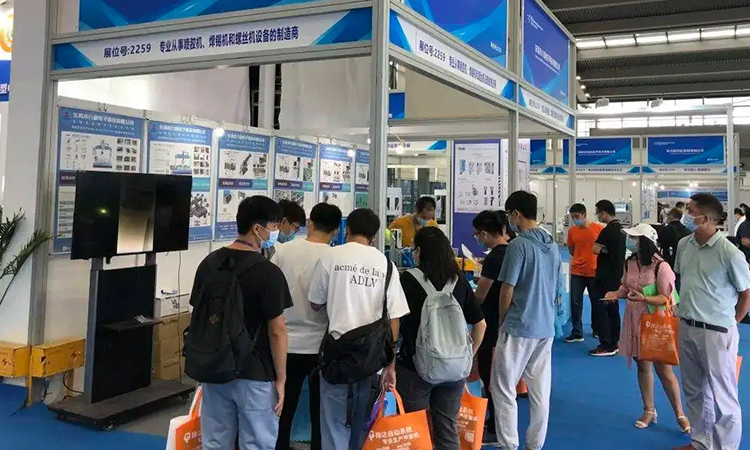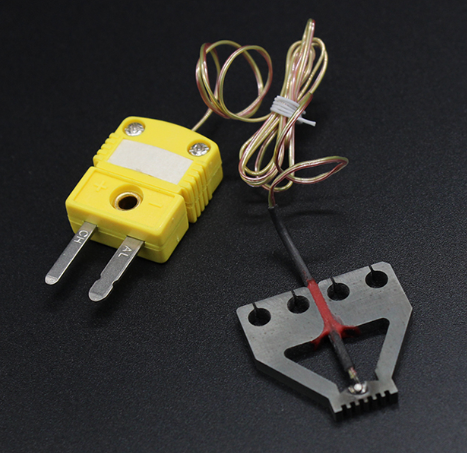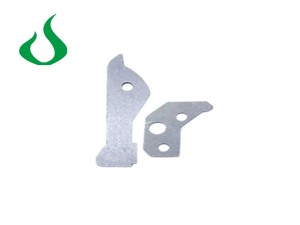- When welding, the position of the electrode rod should be adjusted first, so that when the electrode is just pressed to the weldment, the electrode arms are kept parallel to each other.
- The selection of the current conditioning switch series can be selected according to the thickness and material of the weldment. After the power is turned on, the power indicator light should be on, and the electrode pressure can be obtained by adjusting the spring pressure nut and changing its tightness.
- After completing the above adjustment, you can turn on the cooling water first and then turn on the power to prepare for welding. The procedure of the welding process: the weldment is placed between the two electrodes, the foot pedal is stepped on, and the upper electrode and the weldment are touched and pressurized. When the foot pedal is continued to be pressed, the power contact switch is turned on, so the transformer starts to work on the secondary side. The loop is energized to heat the weldment. When the foot pedal is released after welding for a certain period of time, the electrode rises, and the power is first cut off buy the tension of the spring and then restored to the original state, and the single-point welding process is completed.
- Preparation and installation of weldments: All dirt, oil, scale and rust must be removed before welding of steel weldments. For hot-rolled steel, try to pickle the weld, sandblast or use a grinding wheel to remove scale. Although the uncleaned weldment can be spot welding headed, it will seriously reduce the service life of the electrode and reduce the production efficiency and quality of spot welding. For medium and low carbon steels with a thin coating, direct welding can be performed.
In addition, users can refer to the following process data when using:
- Welding time: When welding medium and low carbon steel, the welding machine can use strong standard welding method (Instantaneous power on)or weak standard welding method(Power on for a long time). In order to ensure the size of the nugget and the strength of the welding spot, the welding time and welding current can complement each other within a certain range. In order to obtain strength of the solder joint, high current and short time(strong condition, also known as hard standard)can be used, or small current and long time(weak condition, also known as soft standard)can be used. The choice of a hard standard is still a soft standard, depending on the function of the metal, the thickness and the power of the welding machine used. Regarding the current and time required for metals with different functions and thicknesses, there are upper and lower limits, which shall prevail when using them.
The electrode pressure has a significant effect on the total resistance R between the two electrodes. With the increase of the electrode pressure, the R decreases signigicantly, while the fluctuation of the welding current increase is not large, which cannot affect the reduction of heat generation caused by the decrease of R. Therefore, the joint strength always decreases as the welding pressure increases. The solution is to increase the welding current while increasing the welding pressure. Because the contact area of the electrode determines the current density, and the resistivity and thermal conductivity of the electrode material are related to the generation and dissipation of heat, the shape and material of the electrode have a significant impact on the formation of the nugget. With the deformation and wear of the electrode tip, the contact area increases, and the strength of the solder joint decrease.
You can contact with me by email at danny.ng@soucua.com. Thank you for your support.

 LNG
LNG


